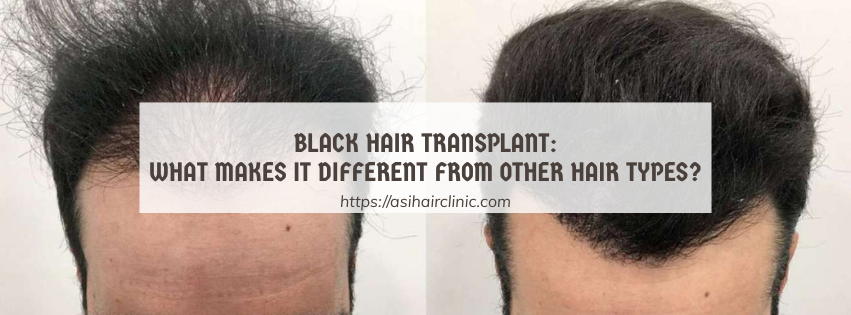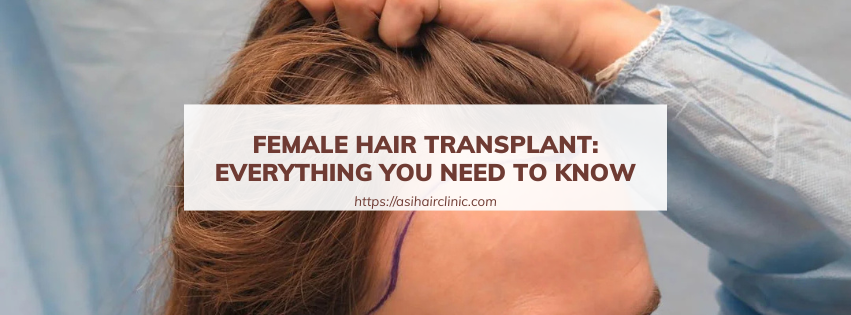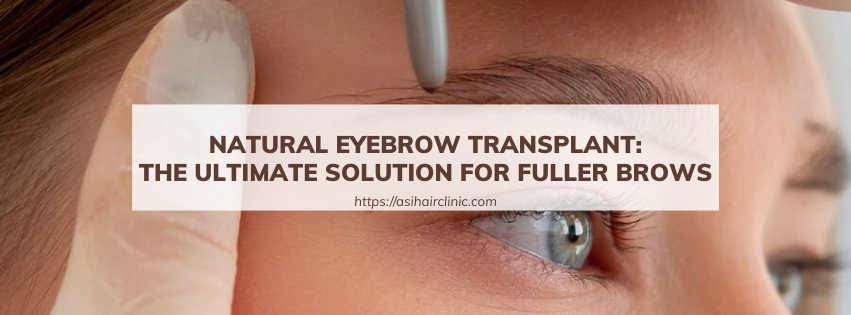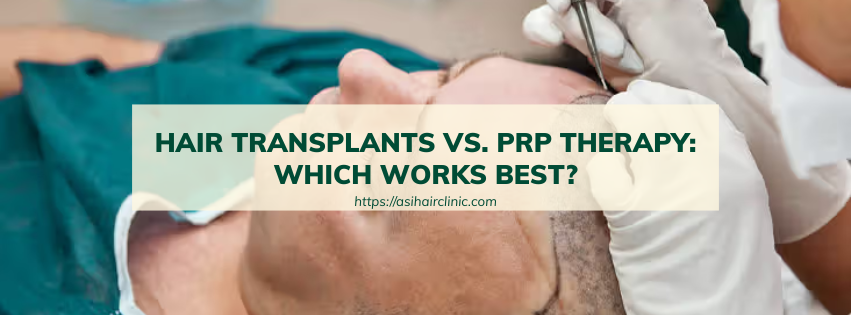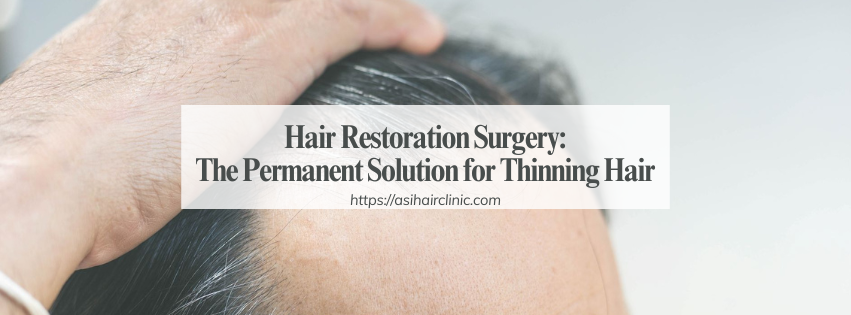When Can You Get a Haircut After Hair Transplant Surgery?
Hair transplant surgery is a transformative procedure that provides individuals with the opportunity to reclaim their lost hair, restore their confidence, and revitalizes their overall appearance. However, while the prospect of new hair growth is exciting, it is crucial to understand the intricacies of the post-operative care required to ensure optimal healing and a successful outcome. A common concern among patients is: "When can I get a haircut after hair transplant surgery?" The answer is complex and hinges on a variety of factors, including the type of hair transplant performed, the individual’s unique healing rate, and the specific recommendations of the surgeon.
This article will delve into the nuanced journey of recovery following hair transplant surgery and provide insights into when it is safe to schedule that long-awaited haircut. We will explore the healing process after surgery, the factors influencing the haircut timeline, how to manage your hair in the interim, tips for navigating your first salon visit, and essential post-operative care advice.
1. Understanding the Healing Process After Hair Transplant Surgery
The healing process following hair transplant surgery is delicate and requires thorough attention. After undergoing this life-changing procedure, the transplanted grafts must heal and firmly establish themselves within the recipient area of the scalp. This healing process unfolds over several weeks and consists of multiple stages, each marked by different levels of vulnerability and care requirements.
Days 1-3: The Fragile Phase
During the first three days post-surgery, the transplanted grafts are exceptionally tender and fragile. The body has just undergone a significant surgical procedure, and the newly placed hair follicles need time to settle in. It is imperative to exercise extreme caution during these initial days, as any vigorous movement or disturbance could jeopardize the success of the transplant.
Patients should avoid any activities that may disrupt the grafts, including vigorous brushing, washing, or styling. Gentle handling is key, as the grafts may still be susceptible to dislodgment. Moreover, patients should follow their surgeon's instructions regarding how to sleep—ideally, sleeping on their back to prevent pressure on the transplanted areas.
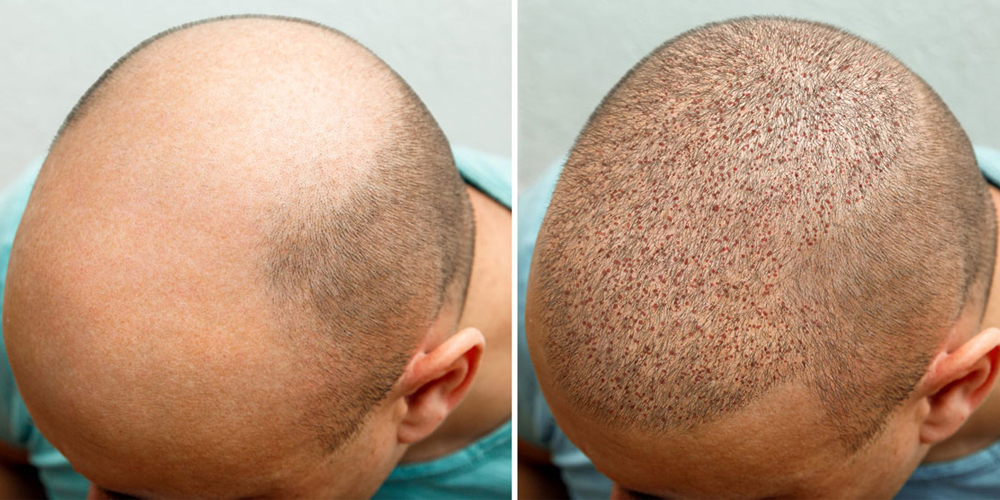
Days 3-7: Easing Into Recovery
By the end of the first week, the healing process begins to progress. At this stage, the grafts have started to stabilize but still require careful management. Patients should continue to practice gentle washing techniques using lukewarm water and mild shampoos, avoiding any harsh chemicals that may irritate the scalp.
Conditioning is also important, but excessive scrubbing or manipulation of the hair should be avoided. This period often brings swelling or minor discomfort, which can be alleviated through prescribed medications. Communication with the surgeon during this phase is vital, as they can provide reassurance and tailored advice to address any concerns.
Week 2-4: Integrating Grafts
As the weeks progress, the grafts begin to integrate more securely into the scalp. By the second week, patients will notice an improvement as the risk of dislodgement significantly decreases. This marks a critical turning point in the healing process, offering individuals a sense of relief and renewed hope.
During this timeframe, many opt to engage in regular grooming practices, albeit still with caution. Gentle styling may be permitted, but it's essential to avoid harsh treatments and products that could impede the healing process. The focus should remain on maintaining cleanliness without aggressive maneuvers that may disrupt the grafts.
Week 4-6: New Hair Growth
Most patients experience visible hair regrowth between weeks four and six after the procedure. By this time, the wounds have generally healed completely and the patient's confidence may surge as they begin to see new hair sprouting. While some patches may appear thinner than others initially, the overall appearance becomes more promising.
This phase offers a pivotal opportunity for patients to assess their hair restoration journey. Many choose to explore light styling options without compromising the integrity of their new hair. Furthermore, individuals should remain committed to following their surgeon’s post-operative instructions, as this ensures that the hair has every chance to flourish.
Month 3-6: Thicker Hair Development
As the months pass, particularly from the third to the sixth month post-operation, the majority of the transplanted hair becomes evident. During this timeframe, individuals might still notice irregularities in hair density; however, it will continue to thicken over time. This gradual transformation inspires hope as the final results become increasingly clearer.
At this stage, patients should continue practicing patience as they adapt to their evolving appearance. Regular check-ins with the surgeon can provide valuable insight into the progression of hair regrowth and any recommended adjustments to the hair care routine.
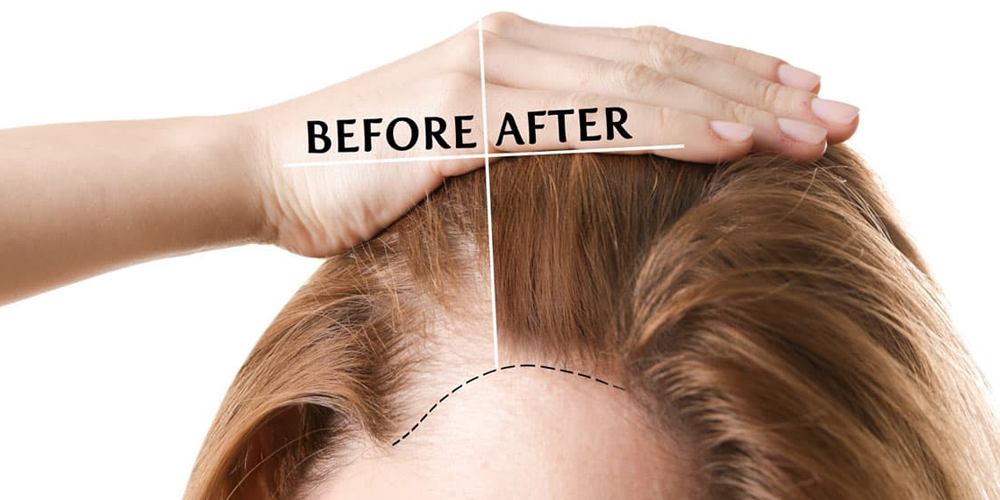
2. Factors Influencing the Haircut Timeline
While the general guideline suggests waiting at least four weeks post-surgery before scheduling a haircut, multiple factors influence the actual timing. Understanding these variables can help ensure a positive outcome and a successful transition back to regular grooming habits.
2.1. Type of Hair Transplant
The specific type of hair transplant performed plays a significant role in determining recovery time. Follicular Unit Extraction (FUE) procedures involve the extraction of individual hair grafts, which typically results in a shorter recovery period. On the other hand, Follicular Unit Transplantation (FUT) involves the removal of a strip of scalp, requiring more time for the scalp to heal fully.
Individuals who undergo FUE may find that they can return to normal grooming routines sooner than those who have had FUT. Surgeons may provide personalized timelines based on the chosen technique, so it is advisable to discuss this directly with them.
2.2. Post-Operative Instructions
Surgeons provide specific post-operative care instructions tailored to individual needs. These instructions encompass everything from how to wash hair to medications and activities to avoid. Adhering to these guidelines is crucial for a successful recovery. Any deviation from the prescribed care can result in complications, potentially prolonging the time until a haircut is safe.
Patients should ask questions and seek clarification from their surgeon if there are uncertainties regarding post-operative care. This proactive approach helps ensure that individuals understand what is expected of them and can actively participate in their recovery.
2.3. Individual Healing Rate
No two patients heal at the same pace, as individual healing rates vary significantly due to factors such as age, overall health, genetics, and lifestyle choices. Younger patients with robust health may experience quicker recovery times, while those with underlying health conditions or older age may take longer to heal.
Recognizing one’s unique healing journey is vital to understanding when it might be appropriate to book a haircut. Patience is essential, as rushing into grooming practices before the scalp has adequately healed can lead to unwanted complications.
2.4. Surgical Technique
The skill and experience of the surgeon performing the hair transplant can also influence the recovery timeline. A seasoned surgeon who employs advanced techniques is likely to achieve better outcomes, resulting in less trauma to the scalp and potentially shorter healing times.
It is essential for prospective patients to research and select a qualified surgeon with a proven track record in hair transplant procedures. This level of preparation can play a crucial role in ensuring a smooth post-operative experience.
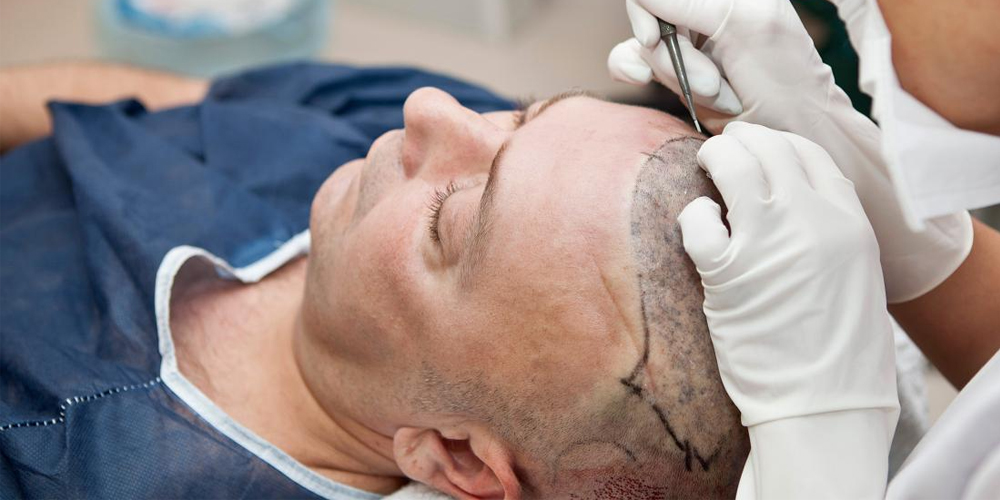
3. How to Manage Your Hair in the Meantime
Until you reach the point where a haircut can be safely scheduled, proper hair management is essential. Practicing effective hair care can alleviate discomfort and nurture the hair follicles as they grow.
3.1. Gentle Washing Techniques
Implementing gentle washing techniques is paramount during the early stages of recovery. Opt for a mild shampoo formulated for sensitive scalps, as harsh chemicals can exacerbate irritation.
When washing your hair, use lukewarm water and avoid hot temperatures, which may cause discomfort. Instead of vigorous scrubbing, gently massage the scalp with your fingertips to maintain cleanliness without stressing the grafts. Avoid rubbing the hair with towels; instead, pat it dry softly to minimize friction.
3.2. Avoiding Harsh Chemicals
Staying away from hair products containing strong chemicals or dyes is essential during the healing process. Scalp irritation can hinder healing and damage the recently implanted grafts. Therefore, it’s best to keep the hair care regimen simple and natural.
Consider utilizing organic hair products free from sulfates and parabens, which can irritate the scalp. An all-natural approach to hair care not only supports the healing process but aligns with general health principles.
3.3. Limited Styling Practices
While it may be tempting to style hair as it grows back, limiting hairstyles is encouraged during the initial post-operative period. Opt for simpler styles that do not demand extensive brushing or manipulation of the scalp.
Avoid tight hairstyles such as ponytails or braids, which could place undue stress on the hair follicles. Instead, embrace a relaxed hairstyle that allows the hair to lie naturally during the healing process.
3.4. Regular Cleaning Routine
Maintaining a clean scalp is essential for promoting healthy hair growth. Establish a consistent washing routine, aiming to clean your hair every few days depending on your scalp's oiliness and comfort level.
In addition to washing, be mindful of keeping the scalp free of debris and dirt. Engaging in gentle cleansing habits will create a conducive environment for the newly transplanted grafts to thrive.
Conclusion
Getting a haircut after hair transplant surgery represents a significant milestone in the journey toward fuller, healthier hair. However, patience and adherence to post-operative guidelines are paramount to achieving the best possible outcomes. Waiting the recommended time frame and taking precautions during your salon visit will help safeguard the success of your hair transplant. Understanding the healing process, respecting your individual timeline, and embracing gentle care practices will ensure that your hair restoration journey is fruitful and rewarding. Remember, every individual's journey is unique, and your dedication to nurturing your new hair will pay off in the long run.
LATEST POSTS

